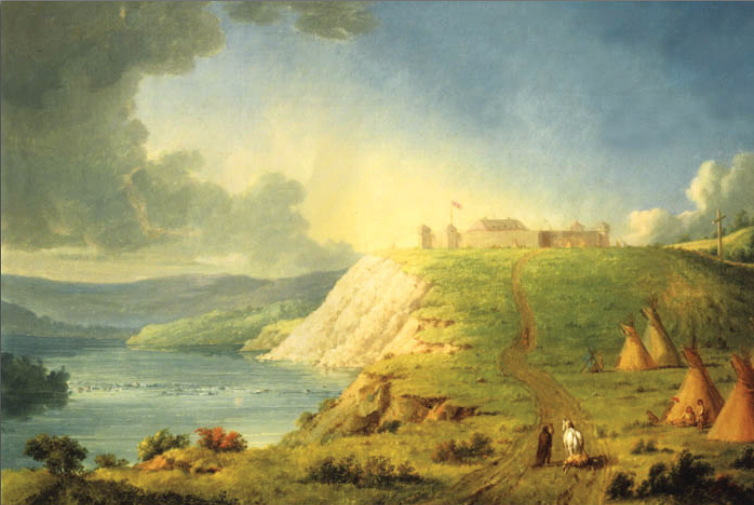History
“Métis” means a person who self-identifies as Métis, is distinct from other Indigenous peoples, is of historic Métis Nation ancestry, and who is accepted by the Métis Nation.
Métis people are a post-contact Indigenous nation, born from the unions of European fur traders and First Nations women in the 18th century. The descendants of these marriages, the Métis, would form a distinct culture, collective consciousness, and strong Nationhood in the Northwest.
Distinct Métis communities developed along fur trade routes that made the Métis Nation Homeland. Today, the Homeland includes Manitoba, Saskatchewan, Alberta, parts of British Columbia and Ontario, the Northwest Territories, and the northern United States.
We were here before Canada existed.
The Métis are a robust, thriving community and one of three legally, politically, and culturally distinct Indigenous peoples of Canada, recognized by s. 35 (2) of the Constitution Act, 1982. Métis people have a unique identity, culture, language, way of life, and historic self-government.
The Fur Trade
The history of the Métis is entwined with the history of the fur trade, both as origin and as livelihood.
The Métis were at the heart of the fur trade. We acted as guides, interpreters, clerks, canoe men, fur packers, trade negotiators, and provided provisions to the Hudson’s Bay Company, Northwest Company, and European fur traders. The Métis were expert hunters themselves and developed York Boats and Red River cart systems for transporting goods and furs. Métis communities settled along fur trading routes in Canada’s historic northwest, with the largest being the Red River Settlement in Manitoba.

The Buffalo Hunt
The Métis developed a unique political and legal culture with strong democratic traditions, including elections of buffalo councils for organized buffalo hunts.
Laws of the hunt were created and enforced by the Buffalo Councils.
The creation and initiation of these laws were the first steps towards Métis self-government and the earliest known form of government in Canada.
Traditional Laws of the Buffalo Hunt:
- No buffalo to be run on the Sabbath day
- No party to fork off, lag behind, or go before without permission
- No person or party to run buffalo before the general order
- Every captain with his men in turn to patrol the camp and keep guard
- For the first trespass against these laws, the offender to have his saddle and bridle cut up
- For the second offence, the coat be taken off the offender’s back and be cut up
- For the third offence, the offender to be flogged
- Any person convicted of theft, even to the value of a sinew, to be brought to the middle of the camp and the crier to call out his or her name three times, adding the word “thief” at each time.

Tragedy of Métis Scrip
Beginning in 1885, Canada began offering scrip to the Métis residing in the Northwest Territories, including present-day Alberta. Scrip was meant to address Métis claims to land and was a certificate that could be traded for land or money to purchase land.
The scrip system was rife with fraud and abuse. The bulk of scrip ended up in the hands of land speculators who resold scrip certificates, often fraudulently through Métis impersonators, for profit and left the Métis with next to nothing, including our rights and claims to the land. Many Métis were pushed out of their homes and lived along road allowances and railway lines.
More than a century later, the Supreme Court of Canada acknowledged this dark past and said, “The history of scrip speculation and devaluation is a sorry chapter in our nation’s history.”
In November 2017, Canada took steps to repair this tragedy by co-signing the MNA-Canada Framework Agreement, which included a priority to explore ways of settling outstanding Métis land claims.
Read more about Métis Scrip in Alberta [pdf] from the Rupertsland Centre for Métis Research at the University of Alberta.

